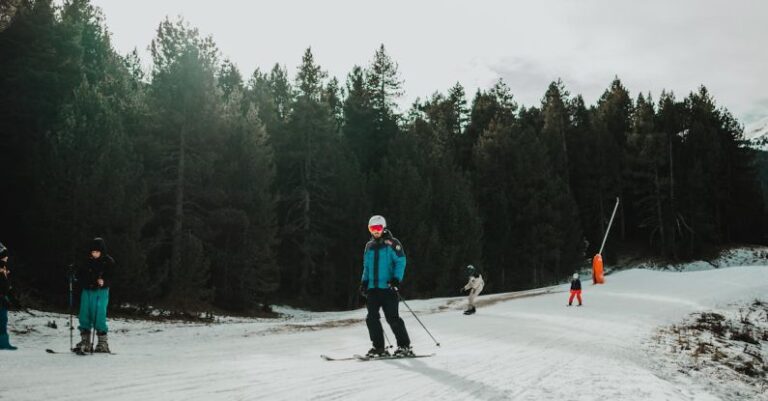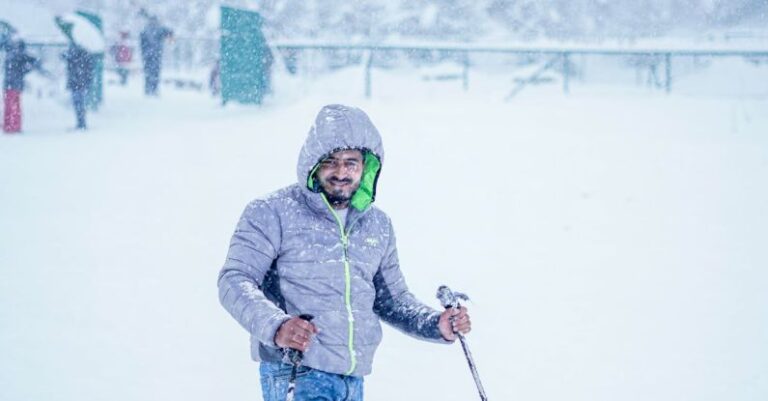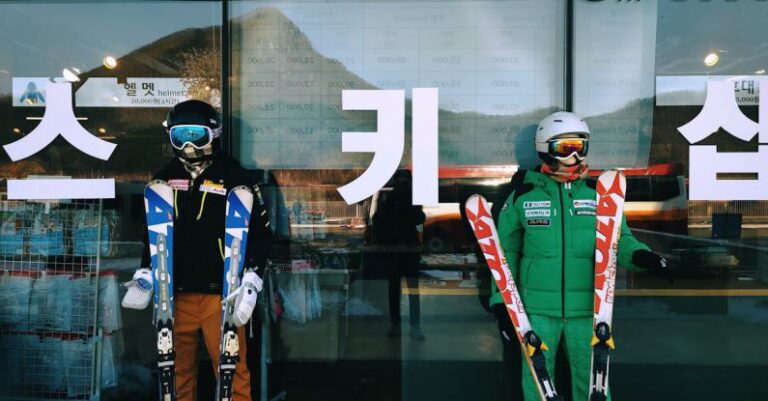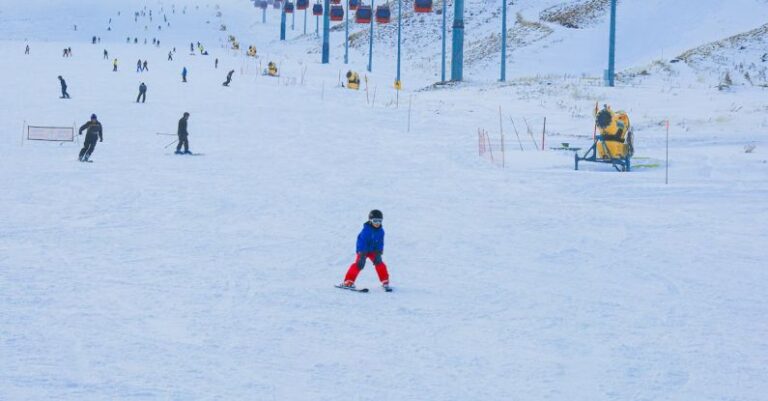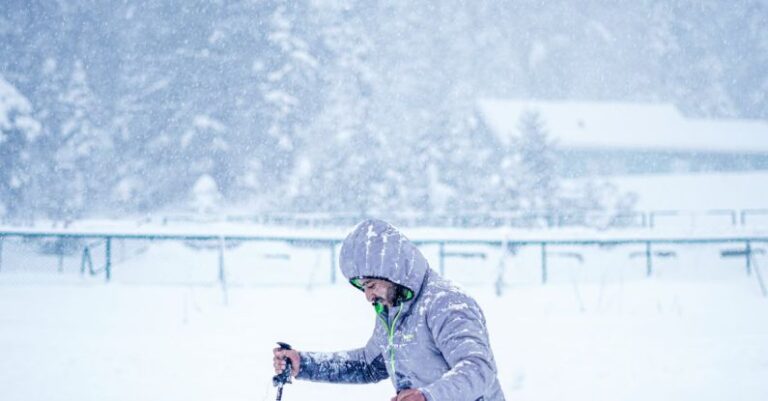
For individuals looking to hit the snowy trails during the winter months, cross-country skiing offers a fantastic way to stay active and enjoy the great outdoors. Classic skiing and skate skiing are the two primary techniques in this sport, each offering unique challenges and benefits. Whether you are a novice or a seasoned skier, knowing the key differences and tips for mastering classic and skate skiing can significantly enhance your experience on the trails.
Understanding the Basics of Classic and Skate Skiing
Before delving into the tips for classic versus skate skiing, it is essential to have a basic understanding of the two techniques. Classic skiing, also known as traditional or diagonal stride skiing, involves moving forward in a straight line by kicking and gliding on parallel tracks. In contrast, skate skiing is a more dynamic and faster-paced technique that resembles ice skating, where skiers push off to the side in a V-pattern.
Selecting the Right Gear
One of the first steps in excelling at classic or skate skiing is ensuring you have the appropriate gear. For classic skiing, skis are longer and narrower, with a fish-scale or waxable base for grip on the snow. Skate skis, on the other hand, are shorter and wider, designed for more lateral movement and speed. It is crucial to select ski boots and poles that are compatible with your chosen technique to maximize performance and comfort on the trails.
Mastering Technique and Body Position
Effective technique plays a significant role in determining your success in classic or skate skiing. In classic skiing, focus on maintaining a fluid diagonal stride motion, with a slight forward lean and a relaxed upper body. Proper weight transfer and timing are key to generating power and momentum on the snow. For skate skiing, practice a V-push motion with your legs and engage your core for stability and balance. Keep your arms and poles synchronized with your leg movements to propel yourself forward efficiently.
Tips for Classic Skiing
Classic skiing relies on a smooth and rhythmic motion to glide effectively on the snow-covered tracks. To enhance your classic skiing experience, consider the following tips:
– Practice your kick and glide technique to maintain a consistent pace and conserve energy.
– Utilize your poles efficiently by planting them firmly and pushing off to propel yourself forward.
– Focus on maintaining a steady tempo and rhythm to optimize your stride length and efficiency.
– Experiment with different waxing techniques to match the snow conditions and improve grip and glide.
Tips for Skate Skiing
Skate skiing demands a higher level of cardiovascular fitness and coordination compared to classic skiing. To elevate your skate skiing performance, implement the following tips:
– Work on developing a strong and explosive V-push motion with your legs to generate speed and power.
– Practice maintaining a balanced and stable body position while engaging your core muscles for control.
– Utilize your poles to push off to the side and assist in propelling yourself forward with each stride.
– Incorporate interval training and hill repeats to build endurance and improve your overall skate skiing technique.
Enhancing Your Cross-Country Skiing Experience
Whether you prefer classic skiing or skate skiing, incorporating these tips into your training and practice routines can help you become a more proficient and confident skier on the trails. Remember to focus on mastering the fundamental techniques, selecting the right gear, and maintaining a positive attitude towards learning and improvement. By embracing the challenges and rewards of classic versus skate skiing, you can enjoy a fulfilling and exhilarating winter sport experience like never before.

